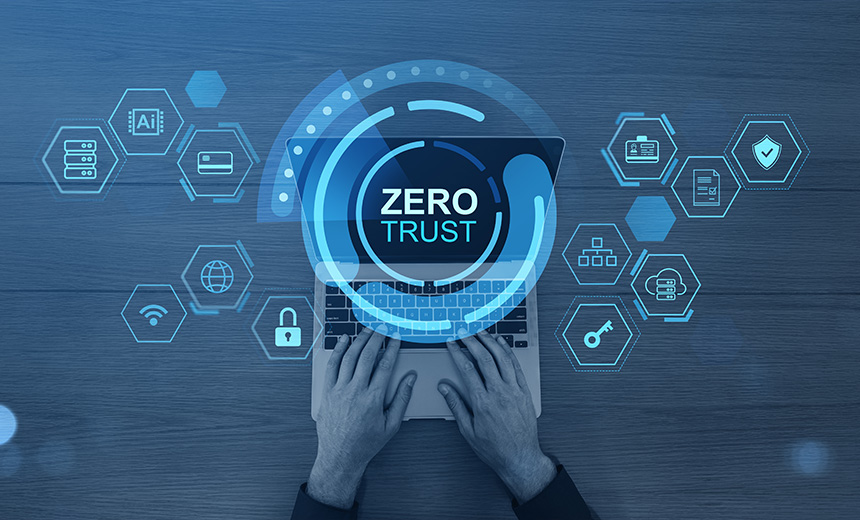Artificial Intelligence & Machine Learning,
Governance & Risk Management,
Identity & Access Management
Why CISOs Must Rethink Access, Behavioral Analytics and AI Governance at Scale

Zero trust has evolved from a mere buzzword into a fundamental component of contemporary security frameworks. The principle of “never trust, always verify, assume breach” has become the standard expectation. However, Chief Information Security Officers (CISOs) now face the complex task of preserving this philosophy in a landscape increasingly influenced by artificial intelligence, where identity plays a pivotal role and adversaries are assessed through sophisticated behavioral analytics rather than outdated indicators.
The next evolution of zero trust centers on agility. This involves making rapid, informed trust decisions that take into account both the organization’s context and current threat intelligence. Organizations must harness AI effectively, ensuring it aligns with their security objectives. This extends beyond traditional networks and cloud environments into the intricate systems of the Internet of Things (IoT) and operational technology (OT), where the convergence of cybersecurity and the physical world creates unique vulnerabilities.
The earlier implementations of zero trust mirrored a checklist approach, marked by the establishment of multifactor authentication, network segmentation, and device compliance checks. While necessary, these measures alone do not address the dynamic nature of modern threats. Every access request, interaction, and data transaction now requires ongoing risk assessment and verification. Understanding user behavior, device health, data sensitivity, and adversarial tactics is essential for effective risk management.
Artificial intelligence serves as a potent tool for both cybersecurity defenders and attackers. In a defensive capacity, AI can facilitate the translation of business requirements into actionable access controls, identify signs of compromise, and recommend adjustments to access privileges. Simulating attacks for resilience testing has also become feasible through AI applications. Conversely, adversaries exploit AI to enhance their tactics, conducting hyper-targeted phishing campaigns and creating convincing deepfakes. For CISOs, AI is not merely an additional tool; it has become integral to the infrastructure of security protocols and necessitates stringent governance and oversight.
Existing approaches to cyber threat intelligence rely heavily on outdated indicators. Today, a more nuanced strategy is required, likened to behavioral science methodologies that analyze patterns and predict adversarial movements. By understanding specific threat actor tactics, CISOs can dynamically modify controls—such as adjusting token lifetimes or reinforcing multifactor authentication measures—based on real-time intelligence.
Identity management has emerged as a critical frontier in zero trust. Organizations must prioritize phishing-resistant multifactor authentication for all users and shift from static privileges to just-in-time access models. Tools designed for identity threat detection and response are essential for monitoring unusual activities that could signal compromise, particularly with machine and service identities which have increasingly become targets of exploitation.
The challenge of implementing zero trust in IoT and OT environments is paramount. Many connected devices and industrial systems lack adequate security features and might still rely on outdated protocols. These devices represent a critical intersection where cyber threats can escalate into physical hazards. To address this, CISOs should adopt a strategy that treats every device as untrusted by default, verify connections rigorously, and enforce stringent segmentation to prevent isolated breaches from affecting broader systems.
Ultimately, zero trust must transition from being a standalone initiative to a foundational aspect of organizational culture. Designating individuals responsible for identity, data, and IoT/OT platforms with established roadmaps and service expectations is crucial. Regular simulation exercises across IT and OT environments can enhance defenses and inform policy refinements.
In conclusion, the future of zero trust will not hinge on the quantity of controls deployed but rather on their capacity to adapt to real-time contexts effectively. Understanding users, analyzing adversarial behavior, and addressing the complexities of IoT and OT will define the landscape ahead. Embracing zero trust as a continuous discipline and applying its principles across all domains enhances both resilience and competitive advantage in an era where trust must be continually earned.
